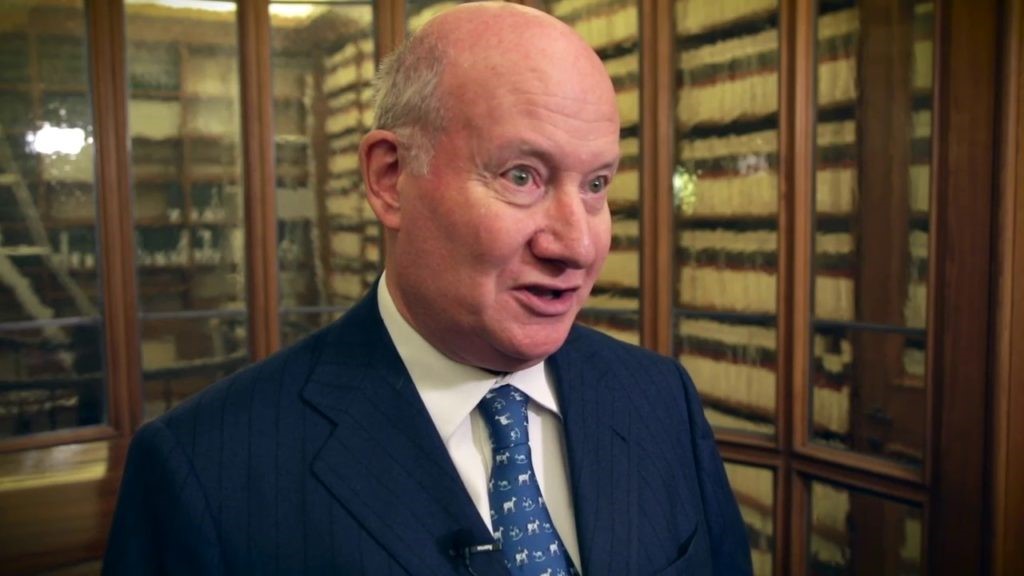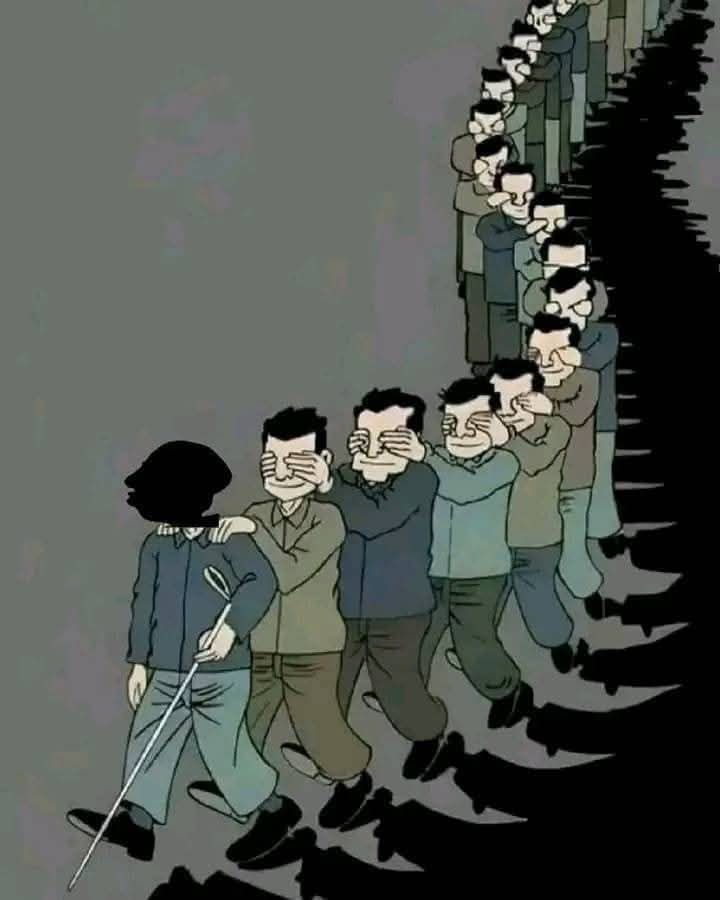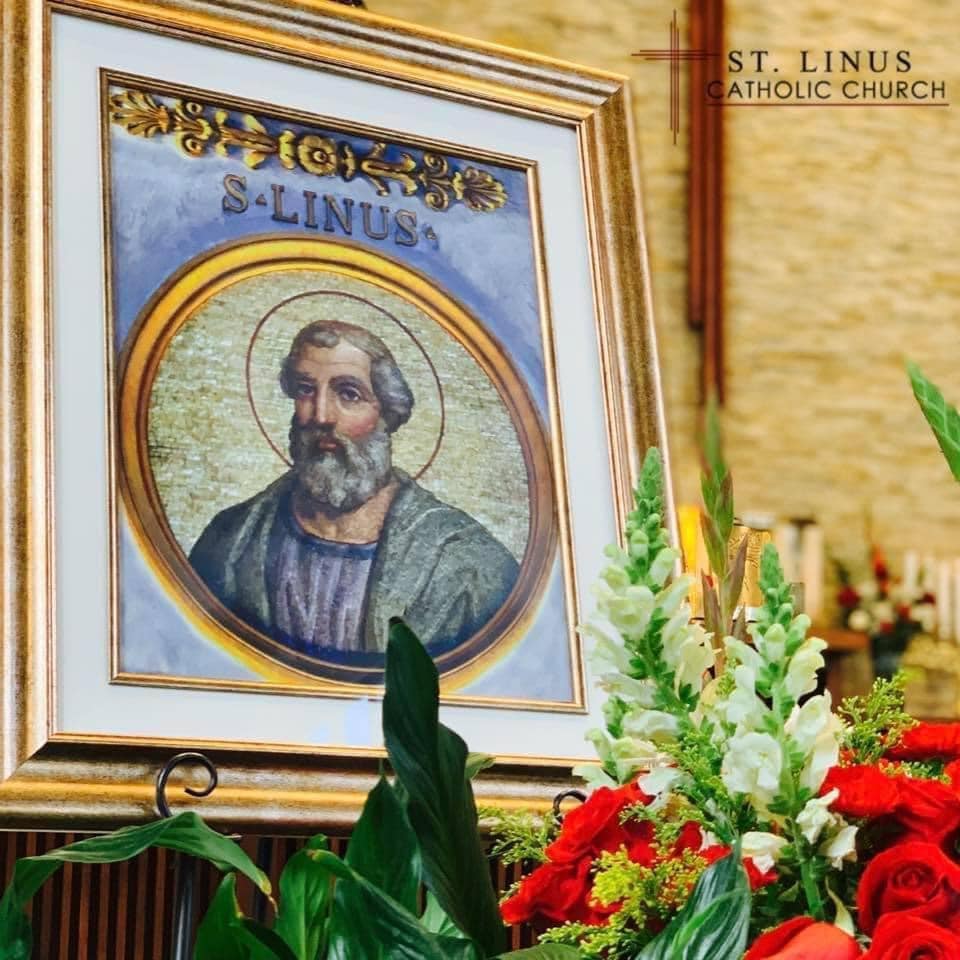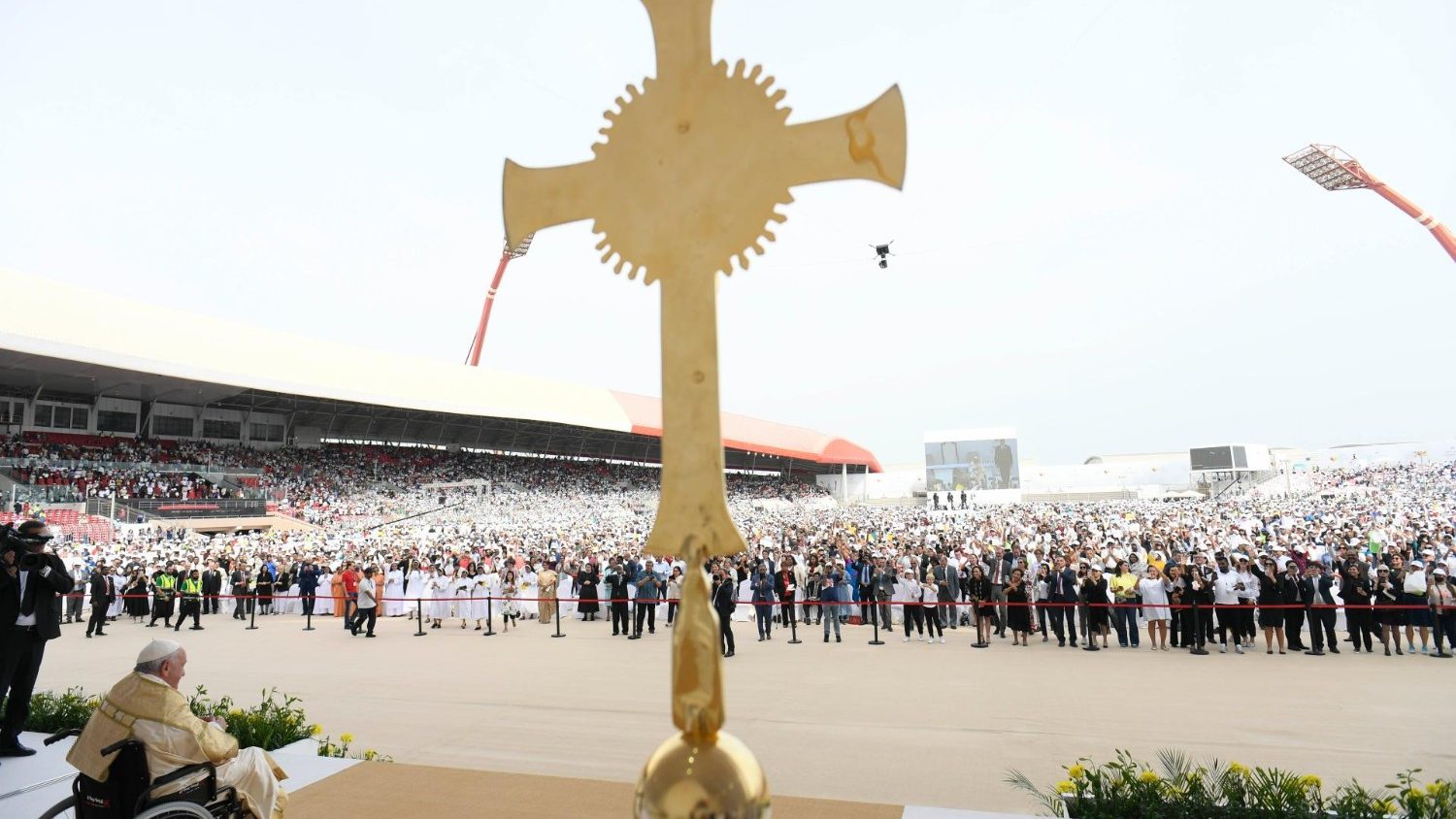– Aurelio Porfiri
A new website aims to shed light on the topic of Christianity, religions and new religious movements in China. Bitter Winter, under the leadership of Marco Respinti and Massimo Introvigne can be an invaluable resource for all those interested in religion in the country. Professor Massimo Introvigne is a world leading authority in the field of the sociology of religions. He is also an expert in new religious movements.
How did Bitter Winter come about?
I have been following the fascinating evolution of religious pluralism in China for a long time. I am interested in religion in general, but of course I am a scholar of new religious movements and today the area where they are flourishing the most is Eastern Asia, particularly China, Taiwan, South Korea, and Vietnam. In 2017, the Chinese Anti-Xie-Jiao association, which has direct links with the CCP, invited me and four Western colleagues (Eileen Barker, Gordon Melton, Holly Folk, and Jim Richardson) twice for a conference in Zhengzhou and Hong Kong to discuss the notion of xie jiao (邪教) and one xie jiao in particular they are heavily persecuting, The Church of Almighty God (全能神教会 ), also known as Eastern Lightning (东方闪电 ). You would notice that I am not translating xie jiao (邪教) as “evil cults,” as the Chinese do. This was one of the matters discussed in the conferences. Many scholars believe that the translation “evil cults” is misleading and politically motivated. It is used to attract the sympathy of those concerned with “cults” in the West. But in fact the expression xie jiao dates back to the late Ming period and the translation preferred by most scholars is “heterodox teachings.” What teachings were “heterodox” was decided by the Emperors on both a theological and a political bases. The CCP inherited the practice of listing and banning xie jiao from the Empire and the Republic, it did not invent it.
How was the conference?
The invitation was interesting. The Chinese knew that all the scholars they invited were opposed to anti-cult policies in the West and anti-xie-jiao policies in China. But they wanted, for whatever reason, a who’s who of the most famous specialists of new religious movements in the world. We received a lot of documents, studied them, and, much to our hosts’ dissatisfaction, concluded that The Church of Almighty God, which was the real reason we had been invited there, was innocent of the crimes they accused it of. We also realized that most of the information available in the West about Chinese new religious movements, most of which are listed as xie jiao, is biased and derived from fake news campaign launched by CCP, which unfortunately even the most famous Western media accept at face value. Hence my decision to launch a daily magazine of news about religion in China, covering the new religious movements (that nobody covers) but also the other religions. For instance, we are very concerned about religious liberty issue involving Chinese Muslims, and we report on them too.
Why this name?
It is a poetic name about the winter of religious persecution in China, but also reflects an iconographic theme in classic Chinese painting. The logo is actually derived from a painting by 13th century Chinese painter Zhao Mengjian (趙孟堅).
The website says it is a Magazine on Religious Liberty and Human Rights in China. Does it mean that it will have a confrontational attitude?
I believe that everybody knows that China has a problem of religious liberty and human rights. There are dozens of declarations in this sense by international organizations. But, having said so, I am personally always in favor of talking and explaining. This is why I accepted the invitations to conferences in China.
Can you explain what we can expect from this website?
There are worthy websites such as ChinaAid or AsiaNews reporting on China, but they report almost exclusively on the mainline churches and religions. We cover also new religious movements. And we have a network within China of brave believers who report news and take pictures. For obvious reasons, we should be discrete on how this network operates, but the magazine is evidence that news and pictures can be smuggled out of China. We want to be comprehensive and also summarize news from other outlets, both Chinese and international. But more than half of our news come from direct sources within China.
There is a connection between Bitter Winter and CESNUR?
Yes. As clearly stated in the Privacy Policy posted on our Web site, Bitter Winter is an imprint of CESNUR.
What is the origin of your interest for China?
I believe I answered as part of the first question. Those scholars of new religious movements who ignore China do this at their peril.
You are an expert on new religious movements. Are they flourishing in China right now?
Yes, they are. Everybody knows about Falun Gong, but the repression has been so brutal that it may have been reduced to small numbers in China, although it is very visible abroad. When we went to China, it appeared that Falun Gong has been replaced as main public enemy for the regime and Office 610 of the police, which deals with xie jiao, by The Church of Almighty God. According to CCP, it has four million members. Perhaps the figure is too high, but when it comes to banned and clandestine organizations statistics are very difficult. But there are hundreds of new religious movements in China, both Christians and not Christians. For instance, recently we reported on the Efficacious Spirit Teachings Movement (灵灵教 Lingling jiao), another new religious movement originating from Christianity.
Is there a new movement that for you seems growing faster than others?
Yes, the growth of The Church of Almighty God, founded in 1991, has been phenomenal. Normally, not only in China, when new religious movements based on new and unusual teachings (The Church of Almighty God believes that Christ has returned in the person of a Chinese woman currently living in the U.S.) grow rapidly, their enemies tend to believe that something sinister is going on. They use silly stereotypes such as brainwashing, or in the case of The Church of Almighty God they would say that it kidnaps members of other churches. I have debunked in academic articles some of the most bizarre stories, and concluded that The Church of Almighty God grows very much like other new religious movements did, mostly (although not exclusively) through networks of relatives and friends.
Do you think that in the academic world in mainland China a serious study of these religious movements is possible, regardless of possible pressures in one sense or the other?
It is very difficult. Chinese academic are very much stuck in an anti-cult perspective that a vast majority of the academia in the West abandoned around 1990. And if they say something different, their articles are not published. One example: The Church of Almighty God was accused of the homicide of a woman in a McDonald’s in Zhaoyuan in 2014. I conducted an in-depth study of the incident, available also in Chinese based exclusively on Chinese official sources and documents supplied by the police, and concluded that it was pretty obvious that the perpetrators belonged to a different religious movement, although with a similar name. They said it in so many words at the trial! Without naming names, I know of Chinese academics who would like to write just to state the obvious, that it was a different group, but since the McDonald’s murder is still part of the propaganda against The Church of Almighty God. Their texts are not published.
What are the sources of information about China that you consider more interesting to consult on a regular basis?
I like AsiaNews and ChinaAid. ChinaSource is sometimes too moderate in criticizing the government but it is worth following as well.


 Follow
Follow



7 thoughts on “EXCLUSIVE INTERVIEW WITH MASSIMO INTROVIGNE – A Bitter Winter”
Comments are closed.